This disruptive anchoring system, enables to all the brand new self-erecting cranes to climb any of the existing concrete towers in the market.
A. Description of the anchorage system
The patented anchorage consists of:
(1) In the CONCRETE TOWER: Some CAVITIES (or HOLES) with a special shape that are left in the tower wall and are protected by some METAL FRAME (inserted on the concrete, orange in the picture). These inserts are economic and easy to attach to the mold and embed during manufacturing of the prefabricated tower segments, without practically altering and making the tower more expensive. The openings in the wall can be through or non-through and take the form of a hole or niche.
(2) In the CRANE: Special metal ‘SPIKES’ (in green in the picture) that get correctly locked in the metal inserts in order to anchor the self-climbing crane to the tower. These SPIKES are barrel-shaped steel elements with rotary motion and some end plates located at the front and rear ends of the piece.
In a hooking position the SPIKES are inserted into some of the tower CAVITIES, in such a way that the lower part of the spike is in contact with the inside of the hollow body of its corresponding metal insert, transmitting the weight of the self-climbing structure to the tower, and being held in position by that weight.
Meanwhile, the end plates are engaged against the peripheral end surfaces of the metal inserts, blocking the horizontal displacement (f.i. caused by wind loading), and therefore avoiding that can be released.
Both the metal inserts and the interlocking spikes can be distributed one by one or in groups, although in pairs is preferred.
B. Advantages of the invention
The special shape of the presented anchorage system provides several advantages:
➜ During INSERTION of the spikes:Its special shape allows for a smooth and guided insertion of the spike into the cavity. In addition, the rotary motion assigned to the spikes promotes self-correction of possible position and alignment errors in the hitch. This way, the location of the anchoring elements in the concrete modules does not require of high precision.
➜ During OPERATION and CLIMBING of the crane: The anchorage completely relies on gravity, avoiding any mechanical locking device that could get blocked at height due to some dirt, material expansion, or deformation. Moreover, the round shape of the spike leads to optimum (homogeneous and centered) load distribution of the climbing device to the concrete tower. In such manner, larger loads can be withstood in all directions, resulting in higher performance of the self-climbing crane by increasing its lifting capacity and operational wind speed.
➜ During EXTRACTION of the spikes:It follows the same smooth and guided process as during the insertion. Furthermore, since no mechanical locking device is included, the system cannot get jammed at heights where reparation is time consuming and expensive. 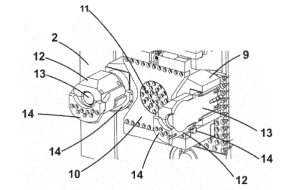
Hence, it is concluded that the design of the presented anchorage system favours the insertion, correct support, and extraction of the spikes, leading to a safe, reliable, maintenance and reparation-free system.
C. Performed studies
The behaviour of the anchorage system has been analyzed through advanced finite element models for different concrete tower types:
- With varying wall WIDTH: From 15 to 35 cm.

- With different tower segment LENGHT: From 3.6 to 20 m.
- With diverse tower segment WEIGHT: From (30 t) 60 to 265 t.
The anchorage has shown excellent response in all the studied scenarios, only requiring of some additional REBAR reinforcement around the anchorage area in certain cases.
The analyses have also shown that some plastification of the bottom part of the METAL FRAME (or inserts) embedded in the tower wall occurs during maximum loading conditions. This has been designed this way to optimize the anchorage.
The metal inserts are made of a lower resistance steel than the spikes so that plastification of the spikes is always avoided. The spikes are part of the self-climbing crane and will be constantly used for assembly of different towers and wind turbines. Hence, the perfect condition of these pieces must be ensured along the lifetime of the crane. However, the metal inserts are barely going to be used along the lifetime of the tower, only during construction or maintenance works. Thanks to the special shape of the system, allowing some plastification of the inserts in a localized area, does not compromise the correct subsequent functioning of the anchorage or blockage of the system.
This leads to an optimum design of the system while guaranteeing the perfect condition of the spikes and ensuring the correct operation of the system.
D. Other developments
- For already built concrete towers, where the metal inserts cannot be embedded during manufacturing, HWS has developed an anchoring version, in which a plate that can be easily bolted externally to the tower is proposed. This way, maintenance of existing towers through self-climbing crane technology is enabled.
- On the other hand, HWS is currently developing a different anchorage system for enabling self-climbing cranes to install steel towers. In this case, the anchorage points will be attached to a reinforced flange placed between the steel tower segments. This flange will have four connection points at the same horizontal plane: the two outer ones will be used by one climbing device and the two internal ones by another one.
Further information cannot be disclosed since it is currently under development and susceptible to patent.
E. Conclusion
- In conclusion, HWS presents this development as a unique anchoring system applicable to any concrete tower and adaptable to any self-climbing device.
- This invention could be envisaged as the standard anchorage system to push and establish the use of self-climbing cranes in the construction of wind turbines.

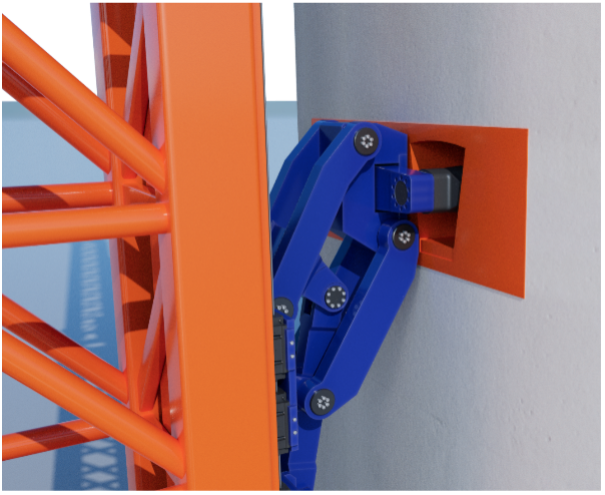

 On 18 March, Mr. Pablo Ayesa, General Director, and Mr. Antonio Ugarte, Director of the Wind Energy Department, both members of the CENER (Spain´s National Renewable Energy Centre,
On 18 March, Mr. Pablo Ayesa, General Director, and Mr. Antonio Ugarte, Director of the Wind Energy Department, both members of the CENER (Spain´s National Renewable Energy Centre, 
 Según una reciente publicación de Wood Mackenzie (*), de Julio de 2021, el sector eólico va a crecer en la próxima década (2021-2030) MUNDIALMENTE a razón de una potencia instalada de entre 83 y 126 GW/año, esto es una media de 100 GW/año, frente a la media de 55 GW/año de la década anterior.
Según una reciente publicación de Wood Mackenzie (*), de Julio de 2021, el sector eólico va a crecer en la próxima década (2021-2030) MUNDIALMENTE a razón de una potencia instalada de entre 83 y 126 GW/año, esto es una media de 100 GW/año, frente a la media de 55 GW/año de la década anterior.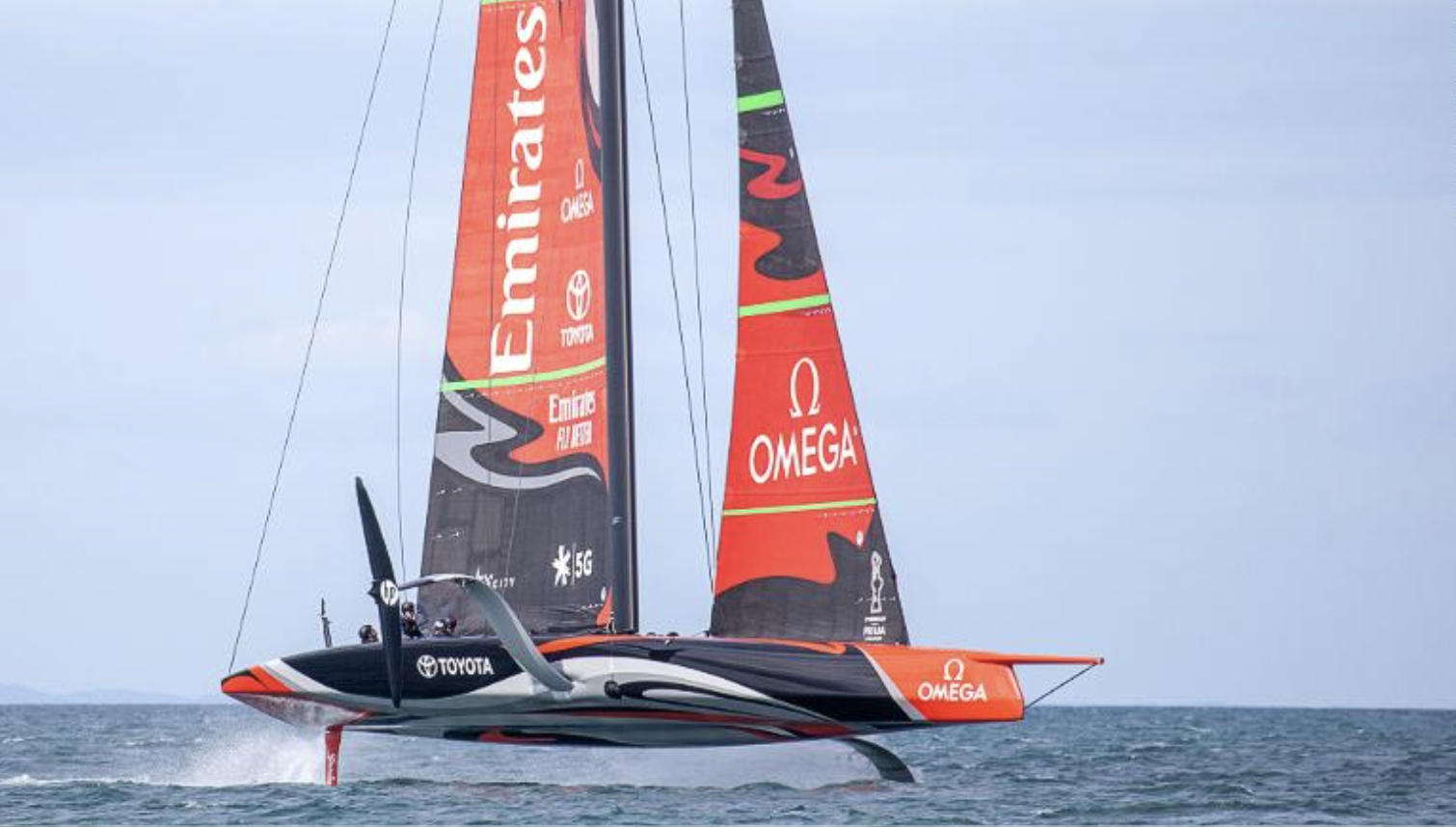


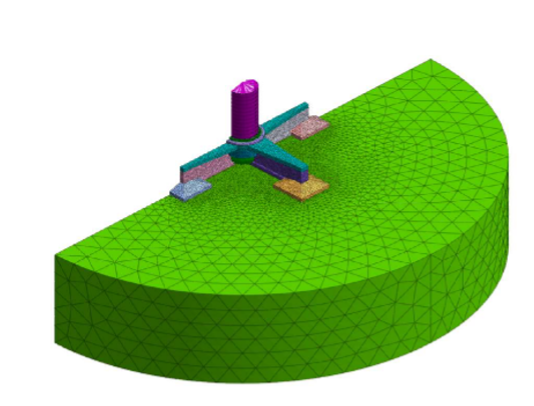






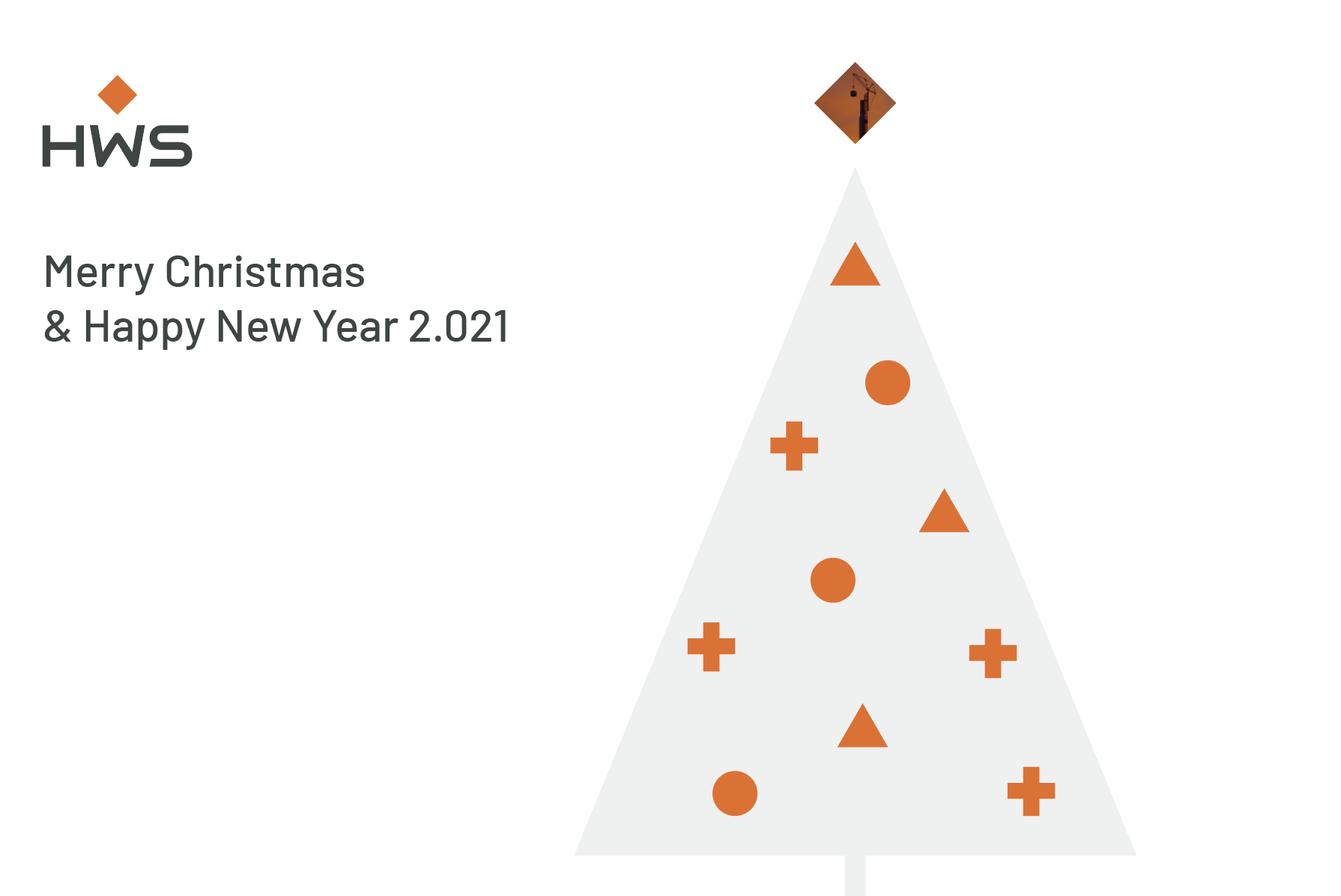


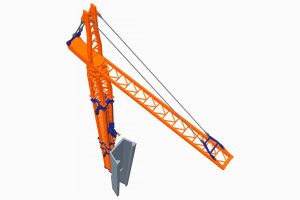
 This project (from March 1st, 2018,to October 31st, 2020) has been developed with the support of the European Commission under the grant program “Horizon 2020-SME-Instrument Phase 2, no. 804858” (
This project (from March 1st, 2018,to October 31st, 2020) has been developed with the support of the European Commission under the grant program “Horizon 2020-SME-Instrument Phase 2, no. 804858” (